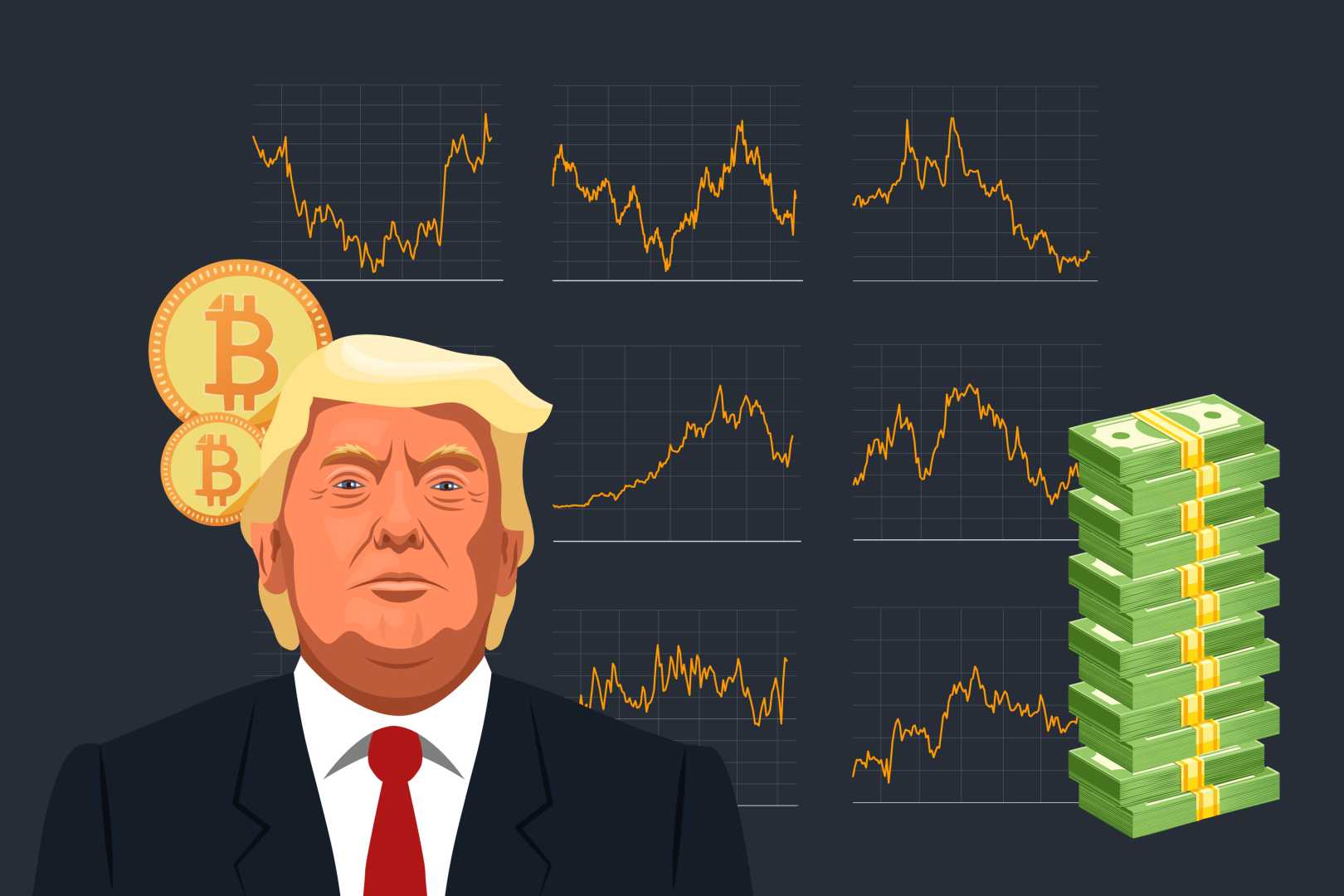Business
Global Markets Shocked as Trump Announces Sweeping Tariffs on Imports

WASHINGTON, D.C. – On April 2, 2025, President Donald Trump announced a sweeping 10 percent tariff on all imports, set to take effect on April 5. This measure includes country-specific tariffs, notably a staggering 104 percent levy on goods from China, igniting fears of a potential global trade war.
The announcement led to severe turbulence in the global economy, culminating in the worst two-day loss in United States stock market history. According to financial analysts, the market lost approximately $6.6 trillion in value over Thursday and Friday before the weekend closure.
As markets reopened, the stock values plummeted again as the new tariffs took effect. Investors reacted swiftly to the news, with worries escalating surrounding the implications for international trade relationships.
Bloomberg reported that just three days of market losses—Thursday, Friday, and Monday—amounted to a staggering $10 trillion hit to global equity value, translating to nearly 10 percent of the global gross domestic product, equivalent to the combined GDP of 150 countries.
The S&P 500 index, which reflects the performance of 500 of the largest publicly traded U.S. companies, experienced its most significant decline since its inception in the 1950s. If losses continue, the S&P 500 is poised to approach bear market territory, defined as a 20 percent drop from its most recent high.
As of the market close on April 8, other commodities also felt the pinch. Gold, often viewed as a safe asset, initially surged to a high of $3,167 per ounce following the tariff announcement but experienced a decline to $2,984 by Tuesday. Crude oil prices saw a similar trajectory, dropping 7 percent on April 2 and stabilizing around $60 per barrel by Tuesday, only to fall below $57 later, marking its lowest since 2021.
Meanwhile, Bitcoin, which many expected to thrive amidst the economic upheaval, has dropped approximately 30 percent since Trump’s inauguration on January 20, 2025. The recent volatility has left major trading currencies in a state of flux.
The U.S. dollar weakened against other major currencies, including the Japanese yen and the euro, while the Chinese yuan fell to a 19-month low as the market absorbed the news of the tariffs. The euro fluctuated, closing at $1.09, while the British pound suffered a loss of about 1 percent over the past week.
As global markets reacted, emerging market currencies displayed mixed reactions. The Indian rupee depreciated by 0.7 percent, settling at 86.44 rupees to the dollar. Conversely, the Japanese yen appreciated, closing at 146.41 per dollar, while the Brazilian real weakened further against the dollar.
JPMorgan analysts predict a 60 percent likelihood of a recession, while Goldman Sachs and Morningstar put the odds between 40 and 50 percent, underscoring the dire economic outlook linked to Trump’s tariff strategy.
As the administration continues to unveil the details surrounding the tariff implementation, observers and economists remain focused on the broader economic consequences of these measures, particularly concerning consumer prices and potential retaliatory actions from affected countries.












